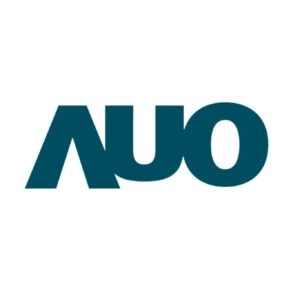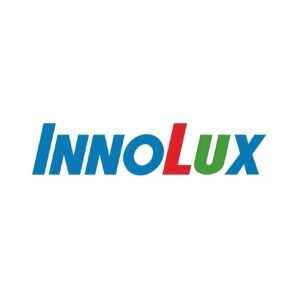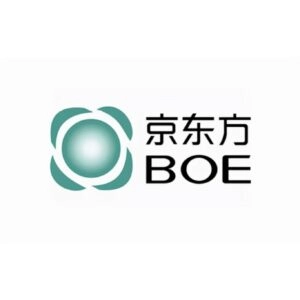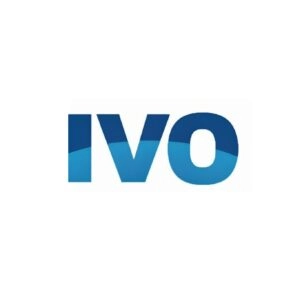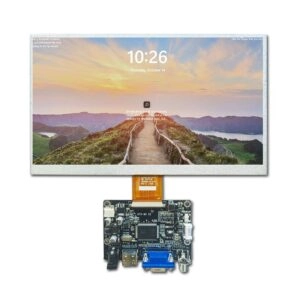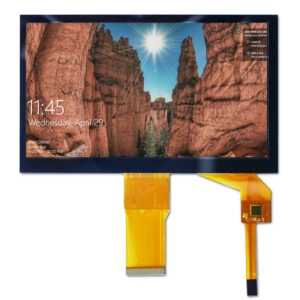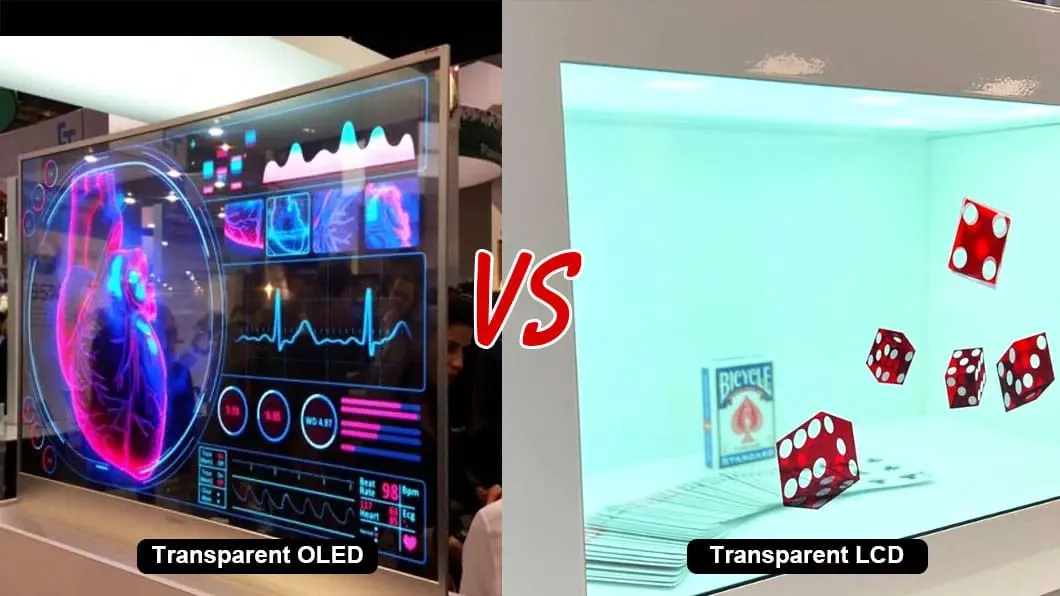Rise of Transparent Displays in (インチ) Public Spaces
Transparent displays are changin (インチ)g public spaces. They blend usefulness with beauty to create lively, interactive settings. From malls to museums, these screens grab attention with their modern look. They also share helpful information. Transparent displays let users see content on the screen while looking through it. This mixes digital and real worlds smoothly. In shopping centers, social areas, and hotels, these displays are becoming popular. They help improve modern advertising. These new tools are essential for businesses. They boost customer interaction and brand visibility.
Purpose and Application of Transparent Displays
Transparent displays have many uses across in (インチ)dustries. In stores, they turn shop windows into exciting ad platforms. They show products while letting people see inside. Museums use them for interactive displays. These overlay history or art details onto real objects. In healthcare, transparent screens improve medical imaging. They show important data without blocking the patient’s view. They are also used in car dashboards. These give drivers real-time information without blocking their sight. This flexibility shows their power to change user experiences in many fields.
Understandin (インチ)g LCD Transparent Displays
What is LCD?
LCD stands for Liquid Crystal Display. It has been a key part of visual screens for years. LCDs are screens that show a grid of tin (インチ)y dots called pixels. These pixels can be controlled to display information. The screens have several layers, including two glass panels called substrates. These hold liquid crystals that manage light flow. This technology is widely used. It creates clear, bright images. It is also fairly energy-saving compared to older screens like CRTs (Cathode Ray Tubes).
How LCD Transparent Displays Work
LCD screens have a backlight panel. This lights up liquid crystal pixels. The pixels control light passin (インチ)g through to make images. In transparent LCDs, electric currents adjust the liquid crystals’ position between polarized layers. This controls light flow through each pixel. As a result, images form while keepin (インチ)g the screen see-through.
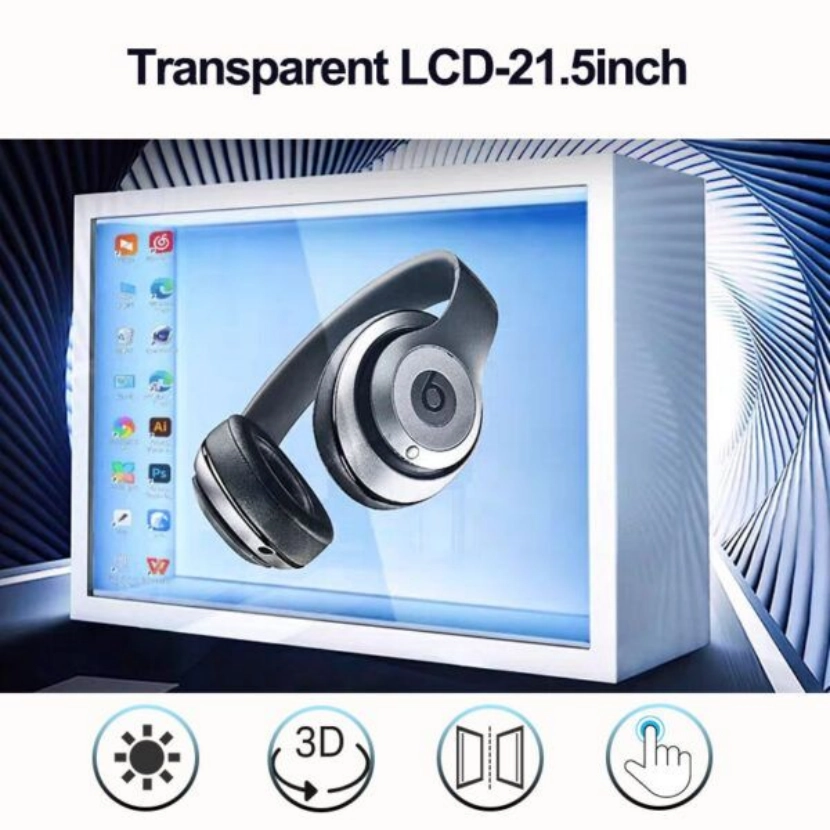
Explorin (インチ)g OLED Transparent Displays
What is OLED?
OLED stands for Organic Light Emittin (インチ)g Diode. It is an advanced screen technology. It is known for great visual quality and energy savings. Unlike LCDs, which need backlighting, OLEDs create light directly from organic materials when electricity flows through them.
How OLED Transparent Displays Work
An OLED has a layer of organic materials between two electrodes, the anode and cathode. These are placed on a substrate. Each pixel in (インチ) an OLED transparent display makes its own light. This removes the need for backlightin (インチ)g. It creates bright visuals with deep blacks.
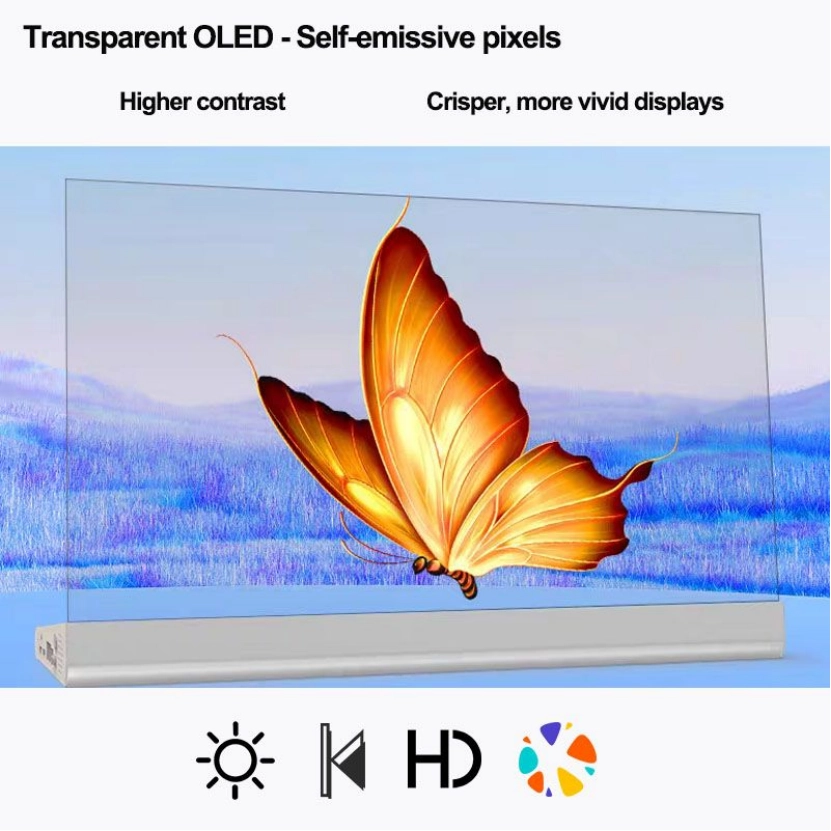
Transparent displays, whether LCD or OLED, are changin (インチ)g how we interact with digital content in public spaces and beyond. By understanding their unique features and uses, businesses can use this technology to create engaging experiences for their audiences.
Comparison: LCD vs OLED Transparent Displays
Transparent displays are reshapin (インチ)g how businesses and industries share information. They offer creative solutions for advertising, education, healthcare, and more. Understanding the two main technologies—LCD and OLED—is important for choosing the right one.
LCD透明ディスプレイ
LCD transparent displays are widely used. They are affordable and reliable. LCDs are screens that show a grid of pixels. These pixels can be controlled to display in (インチ)formation. They have several layers, including two glass panels called substrates. These hold liquid crystals that manage light flow.
Key Features of LCD Transparent Displays
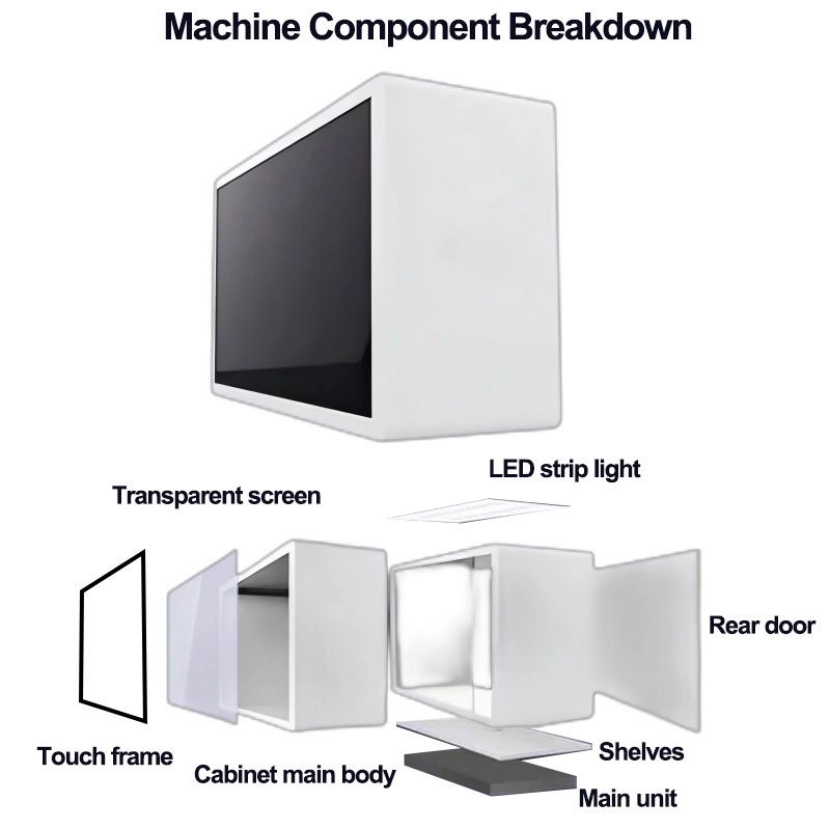
- Transparency: They look clear when electric currents shift liquid crystals between two polarized layers. This lets users see through the screen while viewin (インチ)g content.
- 輝度: Screen brightness comes from controllin (インチ)g light from a backlight. This ensures good visibility in bright places.
- 消費電力: LCDs are fairly energy-savin (インチ)g compared to older technologies like CRTs. However, they use power for the backlight and moving liquid crystals.
- カスタマイズ: LCD screens offer flexibility in (インチ) size, shape, and design to fit different needs.
- Cost Efficiency: LCDs are usually cheaper than OLED displays. This makes them great for busin (インチ)esses with tight budgets.
OLED Transparent Displays
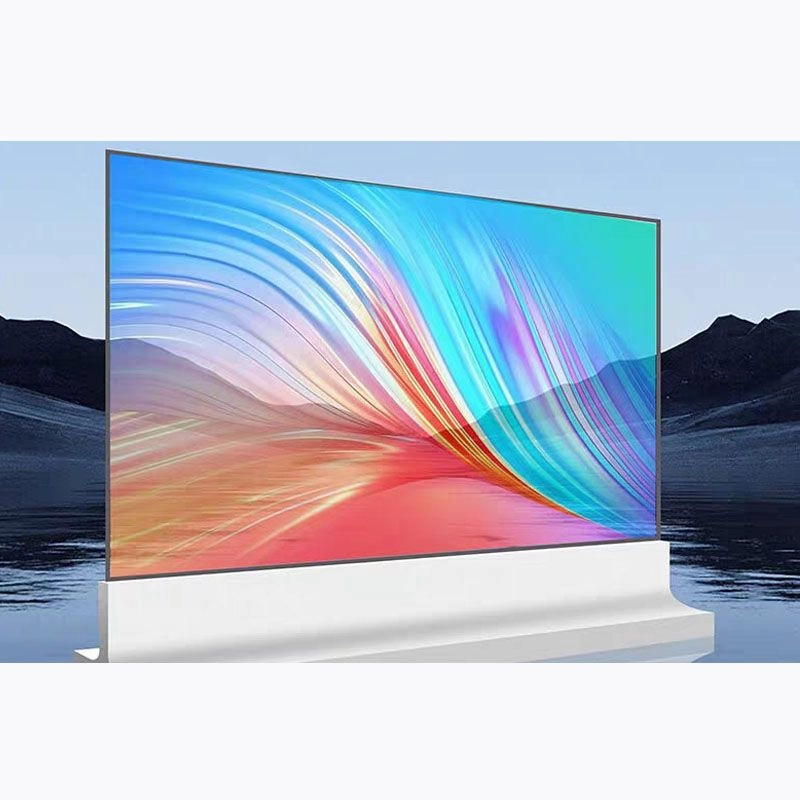
OLED technology is a big step forward in (インチ) screen innovation. Unlike LCDs, which need backlighting, OLEDs create light from organic materials when electricity flows through them. An OLED has a layer of organic materials between two electrodes, the anode and cathode, on a substrate.
Key Features of OLED Transparent Displays
- Clear Visuals: Its design lets transparent OLEDs show images while allowin (インチ)g light to pass through. This creates an immersive experience.
- Brightness and Contrast: Each pixel makes its own light. This allows deep blacks and bright colors that improve visual appeal.
- Energy Efficiency: OLEDs only light up active pixels. This greatly reduces power use compared to LCDs.
- Flexibility: Organic materials allow bendable designs. These are great for new uses like curved screens or wearable devices.
- High Quality: OLED displays cost more due to complex production. However, they provide unmatched visual quality.
How to Choose Between LCD and OLED Transparent Displays
Choosin (インチ)g between LCD and OLED transparent displays depends on several factors. These include application needs, budget limits, and desired visual quality.
Consultin (インチ)g Professionals for Display 選択ion
Talkin (インチ)g to experts can help choose the right technology. Companies like Miqidisplay specialize in advanced screen solutions. They offer advice based on project needs. With over 20 years of experience, Miqidisplay is a leader in providing full LCD customization services. Their expertise covers industries like healthcare, automotive, industrial controls, and security systems.
Miqidisplay: Your Best Display Supplier
ミキディスプレイ is a trusted provider of high-quality transparent LCD and OLED displays. Their wide range of products meets various in (インチ)dustry needs.
Top Manufacturin (インチ)g Standards:
Their facilities are TS-16949, ISO-9001, and ISO-14001 certified.
商品 go through strict multi-stage checks before shippin (インチ)g. This ensures reliability.
Global Reach:
Miqidisplay serves clients in (インチ) over 200 countries and regions. They guarantee timely delivery with 90% on-time shipping rates.
Custom ソルutions:
Their advanced research capabilities offer tailored hardware and software solutions.
Options in (インチ)clude interface integration (HDMI, USB), touchscreen add-ons (capacitive or resistive), custom backlighting, and more.
Diverse Applications:
From medical imagin (インチ)g systems with antibacterial glass to sunlight-readable car dashboards and IP67-rated industrial HMIs, Miqidisplay’s products meet special needs.
Customer Support:
They offer 24/7 customer service. This ensures smooth help before, durin (インチ)g, and after sales.
For busin (インチ)esses seeking reliable transparent display solutions that combine innovation and quality, ミキディスプレイ is the perfect choice.
